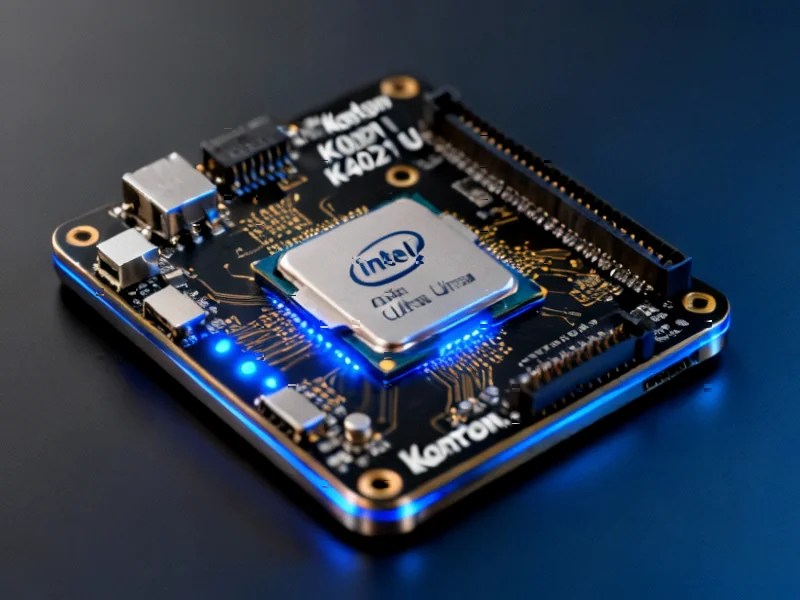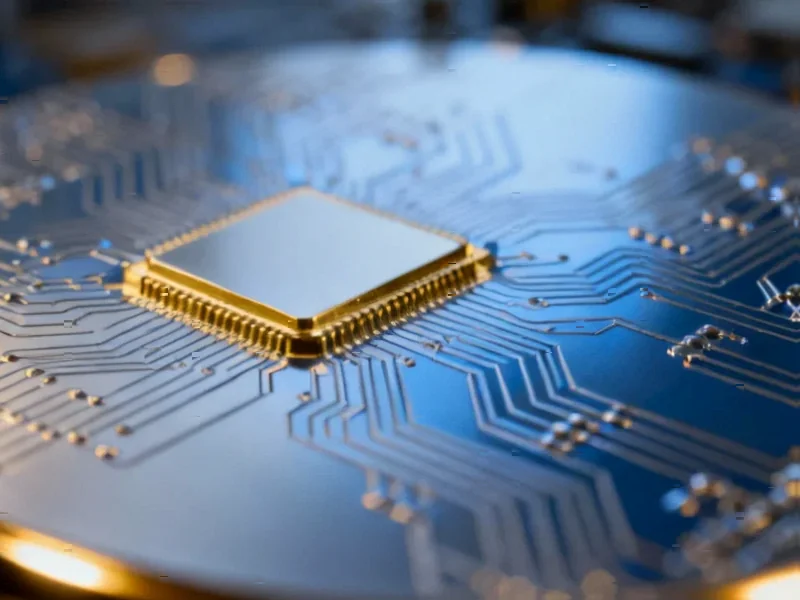Apple’s relentless pursuit of performance in increasingly thin devices appears to be hitting a thermal wall—and the company’s solution could fundamentally reshape how future iPads manage heat. According to Bloomberg’s Mark Gurman, Apple is developing vapor chamber cooling technology for the M6 iPad Pro, potentially arriving in early 2027. This isn’t just another incremental upgrade; it represents Apple’s most aggressive thermal management solution yet for mobile computing and signals where the company believes professional tablet performance needs to go.
Table of Contents
The Thermal Challenge Intensifies
What’s particularly telling about this development timeline is that Apple just completely redesigned the iPad Pro’s cooling system with the M4 model. The current iPad Pro features an elaborate graphite sheet and copper heatsink that dissipates heat through the Apple logo on the back—a clever engineering solution that apparently isn’t sufficient for Apple’s future performance ambitions. The fact that Apple is already planning its successor suggests the company anticipates thermal constraints becoming even more critical with next-generation silicon.
Meanwhile, even Apple’s actively cooled devices are showing thermal limitations. Some users have reported potential thermal throttling on the base model 14-inch MacBook Pro with M5 chip—despite it having a fan. This creates an interesting paradox: Apple’s most powerful mobile chips may eventually require more sophisticated cooling than even their laptop designs can provide within current thermal envelopes.
Why Vapor Chambers Matter Now
Vapor chamber technology represents a significant leap beyond traditional heat pipes and heatsinks. Unlike conventional cooling methods that rely on conduction through solid materials, vapor chambers use phase-change technology where liquid evaporates at hot spots and condenses in cooler areas, creating a highly efficient heat transfer system. According to thermal engineering experts, vapor chambers can be up to 30% more efficient than traditional copper heat spreaders of similar thickness.
The timing aligns perfectly with Apple’s anticipated transition to 2nm manufacturing for the M6 chip. While smaller transistors typically generate less heat, the increased transistor density and higher performance targets create concentrated hot spots that conventional cooling struggles to address. Vapor chambers excel at spreading heat evenly across larger surface areas, making them ideal for managing these thermal concentrations.
Industry Context and Competitive Pressure
Apple isn’t pioneering vapor chamber technology—Samsung, ASUS, and other manufacturers have used it in smartphones and gaming devices for years. However, Apple’s implementation could be particularly significant given the company’s design constraints and performance targets. The iPad Pro’s extreme thinness presents unique engineering challenges that competing devices often avoid through thicker profiles or active cooling.
What’s fascinating is how this thermal arms race reflects broader industry trends. As artificial intelligence workloads become increasingly central to tablet and laptop functionality, sustained performance becomes critical. AI tasks—particularly neural processing and machine learning inference—can generate sustained thermal loads that brief bursts of CPU or GPU activity don’t. Microsoft’s Surface Pro and various Windows tablets have struggled with similar thermal constraints, often resorting to thicker designs or performance compromises.
The Broader Implications
If Apple successfully implements vapor chamber cooling in the iPad Pro, it could have ripple effects across its entire product lineup. The technology would be particularly transformative for the MacBook Air, which has always balanced performance against its fanless design. Many professionals who need sustained performance but prefer the Air’s form factor have been waiting for exactly this type of thermal breakthrough.
The 2027 timeline also suggests Apple sees specific performance thresholds that current cooling can’t support. With rumors of Apple developing more powerful AR/VR applications and increasingly sophisticated pro creative tools, the company may need this thermal headroom to enable features that simply aren’t possible with today’s thermal constraints. Gaming performance—an area where Apple has been making significant investments—would particularly benefit from sustained thermal management.
Engineering Challenges Ahead
Implementing vapor chamber technology in a device as thin as the iPad Pro presents substantial engineering challenges. Vapor chambers typically require some internal volume, and Apple’s obsession with thinness creates competing priorities. The company will need to balance thermal performance against weight, thickness, and structural integrity—all while maintaining the iPad’s premium feel and durability.
Cost represents another consideration. Vapor chambers are more expensive to manufacture than traditional cooling solutions, which could further widen the price gap between iPad Pro and other tablet models. However, given the iPad Pro’s positioning as Apple’s flagship mobile computing device, the premium may be justified if it enables meaningful performance differentiation.
Looking Beyond 2027
This development suggests Apple is thinking several generations ahead about performance scaling. The transition to vapor chamber cooling could enable performance levels we haven’t yet seen in tablet form factors, potentially blurring the lines between tablet and laptop capabilities even further. It also indicates that Apple believes the future of mobile computing depends as much on thermal innovation as it does on silicon advancement.
As AI becomes increasingly central to Apple’s ecosystem with Apple Intelligence and other initiatives, the ability to sustain high-performance computing in mobile form factors will become a competitive advantage. The companies that solve the thermal challenge most elegantly will likely lead the next generation of mobile computing—and Apple’s vapor chamber investment suggests they intend to be at the forefront.
The 2027 timeline gives Apple nearly three years to perfect this technology, and if history is any guide, when Apple commits to solving an engineering challenge at this scale, the results often redefine what’s possible in consumer technology. The vapor chamber-equipped iPad Pro could represent not just another product iteration, but a fundamental shift in how we think about performance in mobile computing.
Related Articles You May Find Interesting
- Trump Escalates Trade War With Canada in Retaliatory Tariff Move
- Industrial AI Market Surges to $200 Billion as Companies Race to Deploy
- Magnificent 7 Earnings Test AI Boom’s Staying Power Amid Rate Cut Optimism
- Perplexity’s Comet AI Browser Security Meltdown Exposes Fundamental Flaws in AI-Assisted Browsing



